You might not realize that Burberry was founded by a 21-year-old named Thomas Burberry in 1856, who had a vision for functional outdoor apparel. Initially catering to adventurers, the brand took a significant turn with the invention of gabardine in 1879, a fabric that would revolutionize the outerwear industry. As you explore the brand's journey, you'll discover how it evolved from a small shop in Basingstoke to a global fashion icon, shaping styles and trends along the way. What drove Burberry to become a household name in luxury fashion?
Early Years of Burberry
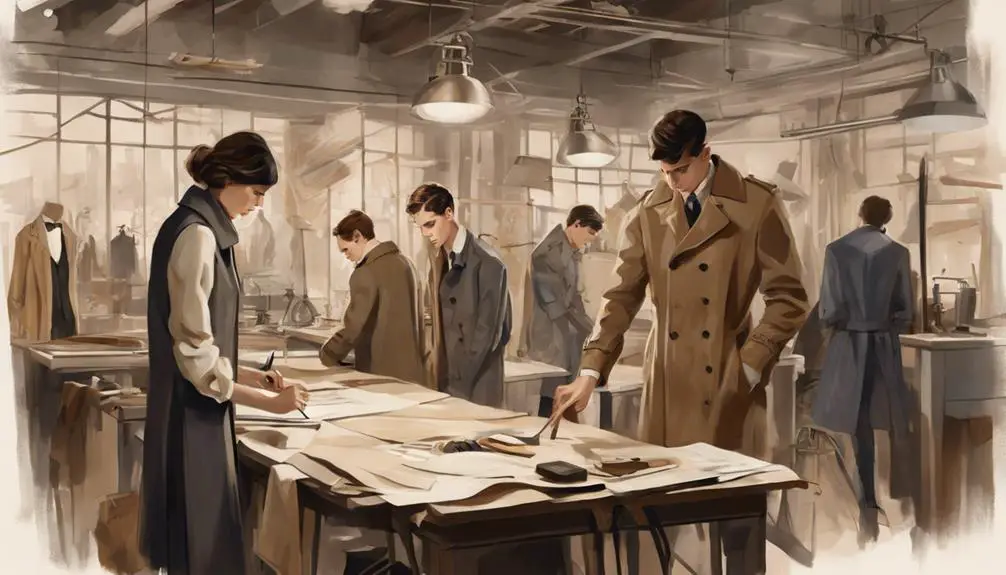
When Thomas Burberry founded the brand in 1856 at just 21 years old, he aimed to create outdoor apparel that met the needs of adventurers. Based in Basingstoke, Hampshire, he quickly recognized the challenges faced by explorers in the unpredictable British weather. With a vision for quality and functionality, he set out to revolutionize outerwear. In 1879, Burberry introduced gabardine, a groundbreaking fabric known for its breathable and weatherproof qualities. This innovation transformed the way people viewed outdoor apparel, making it a staple for those venturing into the elements.
Burberry's dedication to craftsmanship didn't go unnoticed. By 1891, he opened his first shop in Haymarket, London, firmly establishing the brand's presence in the fashion industry. The Equestrian Knight Design, created in 1901 through a public competition, became a symbol of Burberry's commitment to innovation and protection. This logo represented not just the brand, but also its dedication to supporting those who sought adventure.
As the 20th century dawned, Burberry's reputation soared, especially after outfitting renowned explorers like Roald Amundsen and Ernest Shackleton. Their achievements in extreme conditions showcased the quality and functionality of Burberry's apparel, solidifying the brand's legacy. You can see how Thomas Burberry's early years laid a strong foundation, enabling the brand to thrive and evolve into a global icon of style and performance. Embrace the spirit of adventure that Burberry embodies—because every journey deserves the best in outdoor apparel!
Key Milestones in History
Marking significant developments in its journey, Burberry's history is filled with key milestones that shaped the brand into the icon it is today. Founded in 1856 by Thomas Burberry, the brand focused on outdoor apparel right from the start. The game changer came in 1879 when Thomas invented gabardine, a revolutionary breathable and weatherproof fabric that became essential for Burberry's outerwear.
In 1901, Burberry revealed the Equestrian Knight logo through a public competition, symbolizing the brand's commitment to protection and innovation. This logo has since become synonymous with Burberry's identity, reflecting its British heritage and storied past.
During World War I, Burberry gained significant recognition for adapting the trench coat for military use. This practical yet stylish garment not only served soldiers but also shifted into a civilian fashion staple, cementing its place in modern wardrobes.
The 1920s brought another pivotal moment when the Burberry Check was trademarked. Initially used as a lining for outerwear, this iconic pattern has evolved into a hallmark of the brand, recognized worldwide.
These key milestones are more than just dates in a timeline; they represent Burberry's evolution and enduring legacy in the fashion industry. From the innovative gabardine to the timeless trench coat, each step has contributed to the brand's status as a leader in luxury fashion, showcasing its commitment to quality and design.
Innovations and Contributions
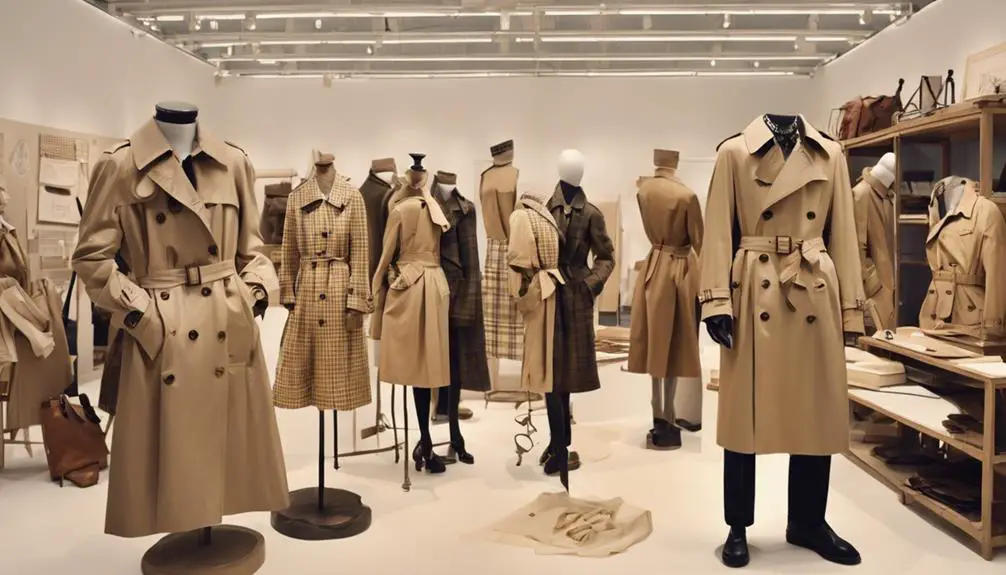
Burberry's legacy is defined by its groundbreaking innovations and significant contributions to fashion and functionality. Founded in 1856 by Thomas Burberry, the brand introduced gabardine in 1879, a revolutionary fabric that transformed the rainwear industry. Its breathable and weatherproof qualities set a new standard, allowing you to stay dry while looking stylish.
The iconic trench coat, designed initially for military use during World War I, showcases Burberry's commitment to practicality and durability. With features like epaulettes and metal D-rings, the trench coat not only became a symbol of luxury fashion but also a staple for soldiers in the field. This blend of style and utility continues to influence modern fashion today.
In the 1920s, Burberry trademarked the distinctive Burberry Check pattern, which quickly became synonymous with luxury and high quality. This pattern, along with the Equestrian Knight logo designed in 1901, represents the brand's dedication to innovation and forward-thinking design. The logo, created through a public competition, symbolizes protection and heritage, key values that resonate with Burberry's ethos.
Burberry's innovations didn't stop at apparel; they extended to cultural contributions as well. For instance, outfitting explorers like Roald Amundsen for his South Pole expedition in 1911 showcased the brand's exceptional functionality and durability. This spirit of adventure and commitment to quality has firmly established Burberry as a leader in the world of fashion.
Brand Evolution Over Time
Evolving from its roots in outdoor attire, Burberry has continuously adapted to meet the changing demands of fashion and consumer behavior. Founded in 1856 by Thomas Burberry, the brand initially focused on creating functional outerwear. The introduction of gabardine fabric in 1879 was a game-changer, offering a breathable and weatherproof option that set Burberry apart. During WWI, the trench coat became synonymous with military apparel, showcasing the brand's ability to pivot and cater to new markets. Soldiers wore it, and soon, it shifted into a fashionable item for civilians.
In the 1920s, Burberry registered the Burberry Check, a trademark that became a hallmark of its identity, recognized worldwide as a symbol of luxury and sophistication. This evolution didn't stop there. As consumer behavior shifted towards online shopping, Burberry embraced digital innovation. The launch of its first transactional website in 2004 marked a significant milestone, making luxury goods more accessible. By 2011, e-commerce expanded to 44 countries, reinforcing Burberry's commitment to staying ahead in a rapidly changing retail landscape.
Through these transformations, Burberry has demonstrated resilience and creativity, ensuring its relevance in the fashion world. The brand's evolution from outdoor gear to a luxury icon shows how it continually captures the essence of modern style while honoring its rich heritage. So, whether you're eyeing a classic trench coat or a contemporary digital experience, Burberry remains a symbol of timeless elegance.
Cultural Impact and Legacy
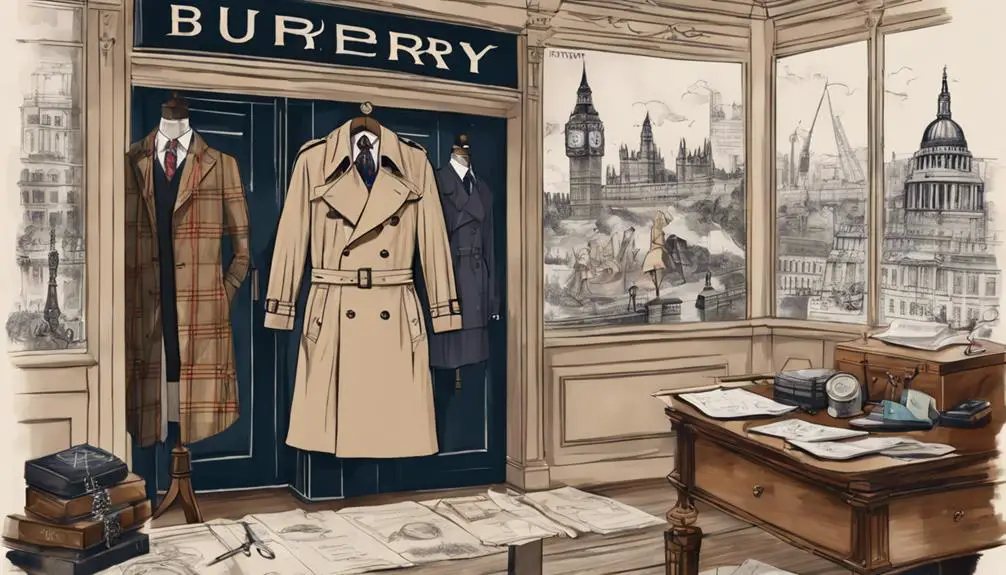
Throughout its history, Burberry has made a significant cultural impact that extends far beyond fashion. Founded by Thomas Burberry in 1856, the brand quickly gained recognition for its innovative outerwear, particularly the gabardine fabric, which transformed rainwear into a stylish necessity. The introduction of a distinctive logo evolution further established Burberry's identity in the fashion world. The iconic trench coat, originally designed for military use during WWI, has evolved into a fashion staple, cementing Burberry's cultural significance across generations.
The introduction of the Burberry Check in the 1920s not only protected the brand's identity but also became a global fashion icon synonymous with luxury and quality. This unique pattern reflects Burberry's heritage, showcasing its long-standing commitment to craftsmanship and excellence. Additionally, Burberry's involvement in outfitting explorers like Roald Amundsen during historic expeditions elevated the brand's reputation for durability and functionality in extreme conditions, reinforcing its status as a luxury brand that marries style with practicality.
What truly sets Burberry apart is its adaptability. The brand has embraced modern marketing strategies and collaborations, allowing it to remain relevant in contemporary fashion while honoring its rich legacy. Whether it's through innovative designs or strategic partnerships, Burberry continually demonstrates that it can evolve while staying true to its roots. This remarkable journey has not only solidified Burberry's place in fashion history but has also left an indelible mark on global culture, ensuring that its legacy will endure for years to come.
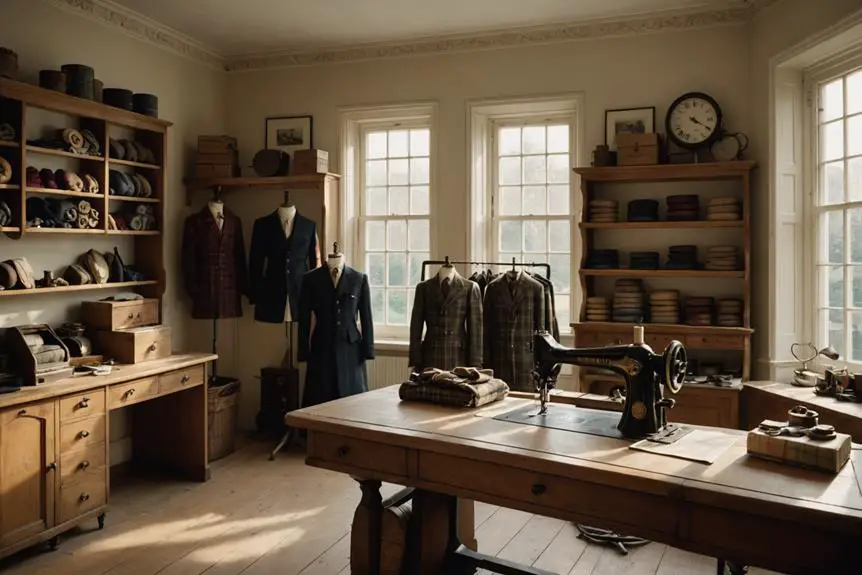



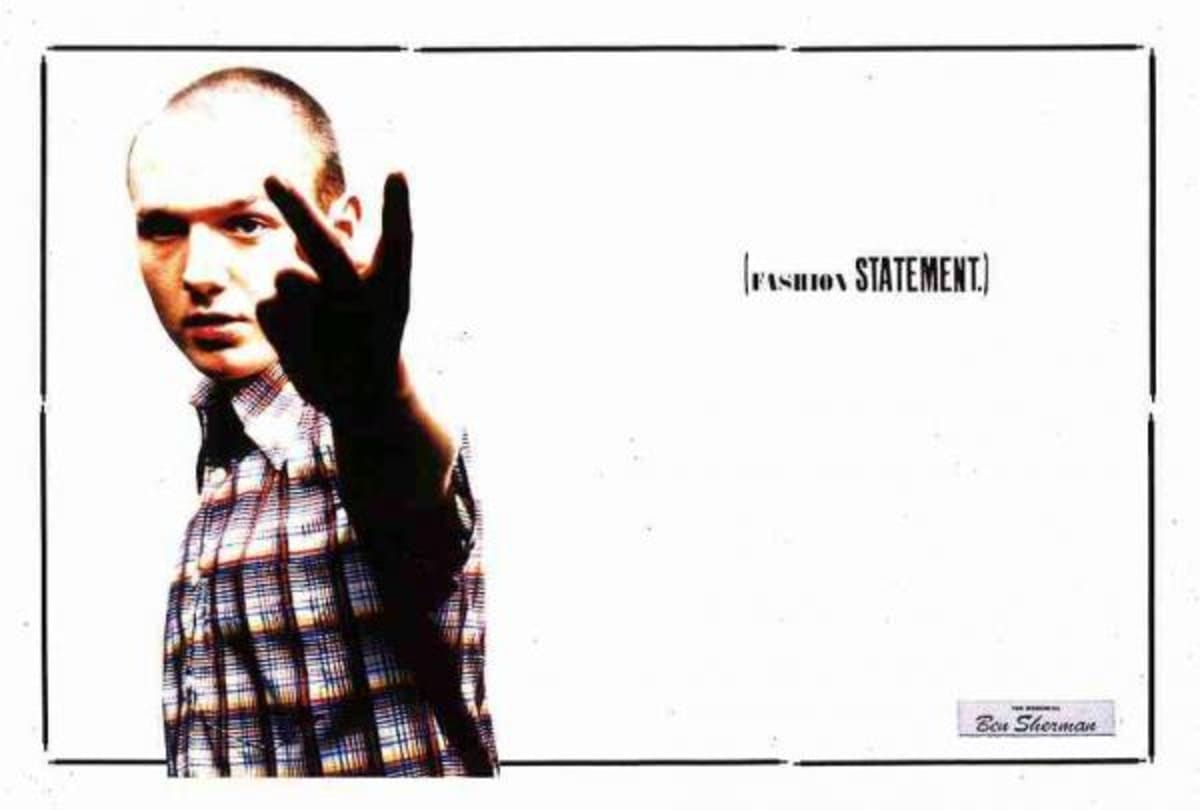
2 Comments